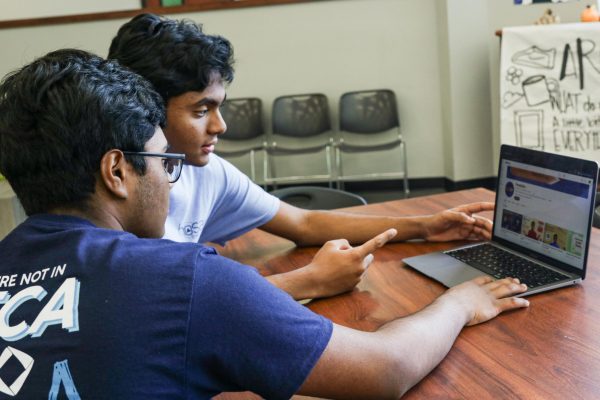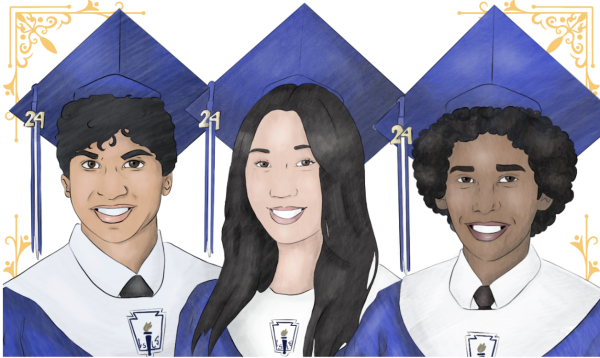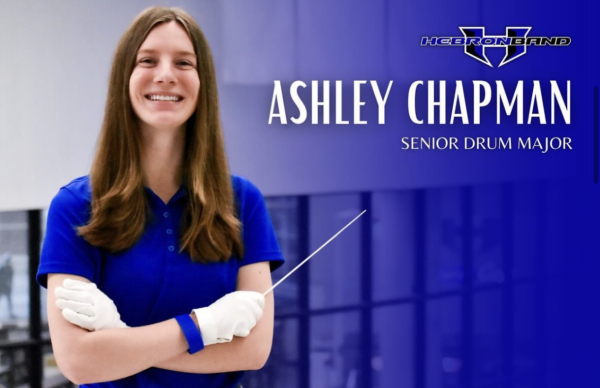Living with Epilepsy
The room was spinning. Faces flashed by. And then darkness hit.
Beginning in eighth grade, junior Tyler Higgs started experiencing seizures regularly after the first occurred on a seemingly normal walk to math class.
Tyler entered the world not only three months prematurely, but with a rare disease that causes him to have seizures at random times. One in 100 people are diagnosed with epilepsy.
“When Tyler was born, he was diagnosed with Fibrodysplasia Ossificans Progressiva, which is a disease where your body doesn’t have a lot of cartilage between your bones, causing pain every time you move,” Sarah Higgs, Tyler’s mother said. “I was heartbroken when I found out. I blamed myself. I thought that maybe if I would have eaten better or did something different then he would have had a different outcome.”
The Fibroblah medication dripped into his veins as the house he had known faded away as he made his way to the care home. Slowly Tyler approached what became his new home for the next two months.
“I didn’t like it there,” Tyler said. “The food was gross and the people there were always complaining about something.” “The only thing I actually liked about that place was my trainer. He was the coolest guy. He taught me how to play tennis and Ping-Pong
After two months of being away from home, he finally returned. He now had a personal chef to make him only the healthiest of foods, and a private nurse who came over on the weekends. His parents had to get special training to know what to do when Tyler had a seizer. State law requires that they update their licenses every two years since the technology for people with epilepsy keeps changing.
“I couldn’t believe that my son, who had always been so strong and healthy, was now going to spend the rest of his life in and out of hospitals,”John Higgs, Tyler’s father said had to go to training and everything. My life had done a complete [180].”
The bills kept coming and coming. And Tyler kept getting worse. But then a miracle happened. A new medicine was discovered. One that was better than what Tyler had been taking. Hope was restored and things started to change for the better.
“I was really scared that I wasn’t going to get any better ” Tyler said “I was afraid that I was going to continue having seizures every hour of every day for the rest of my life. And that was not a life I was willing to live. I debated killing myself more than once, but luckily things started to change. “
After being on the medication for a little over two months, Higgs’ seizures were cut down to only two seizures a day. He finally could return to school and started to become social again. His family called it a “Magic Pill.”
“I noticed a big difference in him after taking this new medicine.” John said. “I had my boy back. He actually wanted to go to baseball games with me. His eyes were no longer dim but instead were filled with life. He is truly inspiring.”
New technology for people like Higgs is being invented every day. In fact, a new device called the Epilepsy Tracker was just released last week. It can help detect when a person is about to have a seizure, so they can prepare themselves ahead of time.
“My wish is that technology continues to improve and that one day doctors and researchers find a way to cure epilepsy and all medical illness,” Tyler said.












